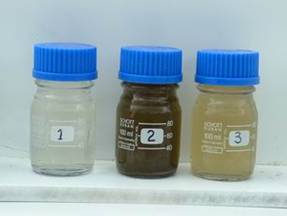Resource Consent Monitoring
Within this section…
Annual inspections are done by contractors or council staff to check if Resource Consent conditions are being complied with. Water samples are taken to measure if the discharge is having an adverse affect on the receiving water quality.
Generally, three samples are taken; an upstream sample, a point of discharge (POD) sample, and a downstream sample. The water quality at the downstream site (also called the consent compliance site) must meet the water quality conditions as specified in the Resource Consent. An upstream sample is taken to rule out any other factors that may be affecting the quality of the water at the time of sampling. The water is tested for temperature, dissolved oxygen concentration, faecal coliforms, pH and ammonium. Faecal coliforms are used as an indicator for all pathogenic organisms.
Typical Test Results
The table below shows typical test results for a compliant consented farm.
All test results at the consent compliance site meet their consent conditions.
| Analyses | Sampling Sites | ||
| 20 m upstream of POD | Point of Discharge (POD) | 20 m downstream of POD | |
| Dissolved Oxygen (g/m3) | 8.7 | 1.8 | 7.9 |
| Faecal Coliforms (No/100 mL) | 92 | 1100 | 400 |
| Ammoniacal Nitrogen (g/m3) | 0.01 | 30.1 | 0.04 |
| pH | 7.9 | 7.6 | 7.7 |
| Temperature (oC) | 13.9 | 18.6 | 14.4 |
The photo below highlights the difference in samples collected from a non-compliant FDE treatment system with the upstream sample to the far left (numbered one), the point of discharge sample in the centre (numbered two) and the downstream sample (numbered three).

